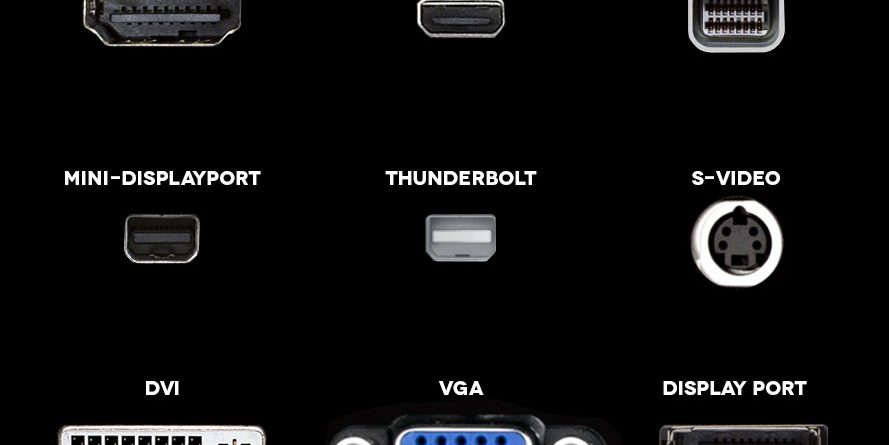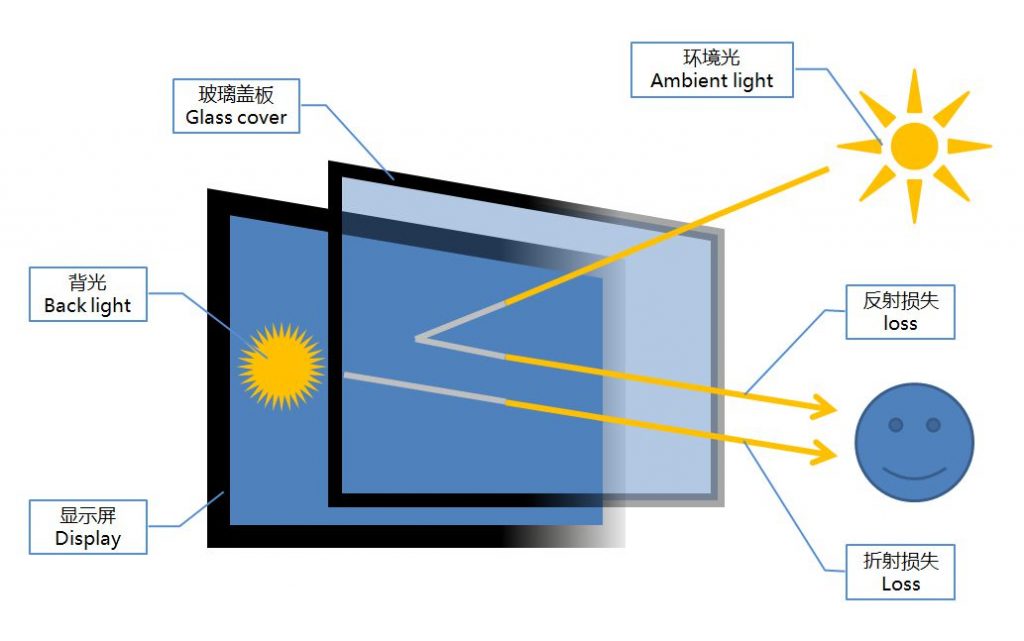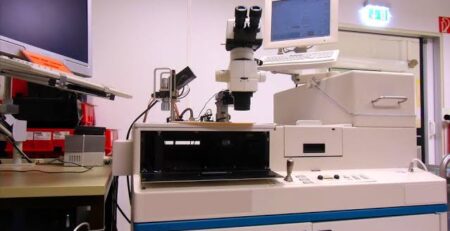Golden Margins offers the most resilient Touch Screen Display solutions available in the industry, designed and constructed to last. We provide solutions that meet mission-critical criteria such as water and dust environmental protection, water-resistance for disinfection, high-brightness sunlight readability, shock/vibration/impact resistance, and operation in extreme cold and heat.
Before we discuss choosing the most ruggedized Industrial Monitor or Industrial Touchscreen for your application, it’s essential to understand the many types of Display Interfaces.
Common display interfaces
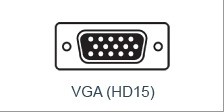
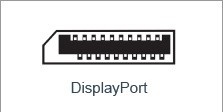

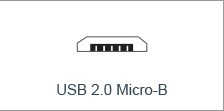
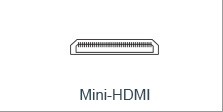
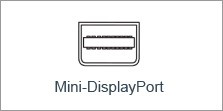
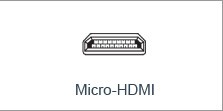
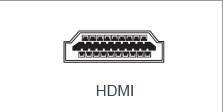
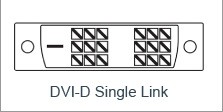
A brief description of the Video Input Connector Types is as follows:
• HDMI: Audio and video signal; ideal for connecting a television to a computer.
• DVI: Video-only interface, ideal for older systems or 144Hz 1080p.
• DisplayPort (DP): The optimal port for audio and video signals, capable of transmitting at 144Hz and up to 4K resolution.
• VGA: An obsolete video connection. To be utilized just if no other option is available.
• USB-C: Also referred to as USB Type-C. It connects to both hosts and devices and can substitute a variety of electrical connectors, including USB-B and USB-A, HDMI, DisplayPort, and 3.5mm audio cables and connectors.
Continue Reading: USB Type-C vs. USB 3.0/3.2
• Thunderbolt: An Intel-developed hardware interface (in conjunction with Apple) for connecting external peripherals and monitors to a computer. Thunderbolt 1 and 2 share the Mini DisplayPort connector, but Thunderbolt 3 utilizes the USB-C connector.
• AV (RCA): AV input is a popular label for an RCA type connector used to receive analog (AV) Audio / Visual (CVBS composite video) signals generated by electronic devices (AV output).
• NDI: Network Device Interface – A protocol that enables audio and video transmission over an ethernet network.
• SDI: SDI Serial Digital Interface is a professional video signal that is preferred in production environments due to its increased range (up to 300 feet) and reliability, as it is typically transmitted along with BNC Cabling with specialized connectors on each end that locks into the devices to which they are connected.
Previously, the only way to connect a rugged LCD display to a computer was via an analog VGA link. With the advancement of new technologies for flat-panel monitors, the VGA connector’s capabilities have become obsolete. To provide the maximum possible image quality, a digital standard such as DVI must be used. Manufacturers of home entertainment devices developed the HDMI standard as the digital successor to the analog scan connection. DisplayPort was designed somewhat later by VESA (Video Electronics Standards Association). As previously stated, current devices provide various display connectors, including HDMI, DVI, VGA, DisplayPort (DP), USB-C, Thunderbolt, and SDI. Consider each of the interfaces separately.
Ordinary, yet ancient
Monitor with a VGA connection
In 1987, IBM, the world’s top computer manufacturer, introduced the first connection standard, which is still in use today, for its PS / 2 series personal computers. Due to the analog nature of the blue trapezoidal interface, it functioned flawlessly with older CRT monitors. However, flat LCD digital displays became available, resolutions increased, and the time-honored VGA port began to lose ground. Although it is less frequently incorporated nowadays, various devices such as home players, projectors, and televisions are still equipped with VGA connectors. For several more years, it will probably stay less attractive, but still the de facto standard.
Monitor equipped with a DVI connector
This acronym is an abbreviation for Digital Visual Interface. It digitally delivers a video signal while keeping high image quality. DVI took the place of the increasingly aging VGA in the mid-2000s. The ability to send both analog and digital signals, support for high resolutions and frequencies (for that age), and a lack of inexpensive alternatives all contributed to DVI becoming a common port for today. Single Link DVI is a feature found in low-cost video cards. In this instance, the highest resolution is 1920×1080 pixels – Full HD. Higher-end video cards include a Dual-Link DVI interface. They may be used with monitors with a maximum resolution of 2560×1600 pixels.
Modern and popular
Monitors equipped with an HDMI port are the multimedia kings
HDMI (High Definition Multimedia Interface) is an acronym for High Definition Multimedia Interface. HDMI is the industry standard connection interface for current homes entertainment devices such as flat-panel televisions and Blu-ray players. As with DVI, the signal is transferred digitally, preserving the original quality. With HDMI, HDCP (High Bandwidth Digital Content Protection) was designed to combat video piracy and illicit copying. The first HDMI-enabled devices became available in late 2003. Since then, the standard has undergone various revisions, most notably compatibility for new audio and video formats. Why has HDMI become so popular?
• Cable lengths up to 25-30 meters;
• Audio (even multi-channel) is sent concurrently with video — there is no need for separate speakers;
• Easy-to-use tiny connectors;
• Support for a variety of devices, including players, televisions, projectors, DVRs, and game consoles;
• Exceptionally high resolutions;
• three-dimensional image; feasible in conjunction with ultra-high resolutions (versions of HDMI 4b and 2.0).
HDMI’s prospects are the most promising As development continues apace. In 2013, the specification for version 2.0 was established; this standard is backward compatible with older wire connectors but allows higher resolutions and other outstanding capabilities.
Monitors equipped with a Display Port are becoming increasingly common
For many years, computers were infrequently outfitted with this HDMI rival, despite its numerous advantages:
• Support for extremely high-quality images in addition to stereo signals;
• Transmission of audio;
• Awe-inspiring cable length
This interface method is considerably more profitable for manufacturers than licensed HDMI since it eliminates the need for manufacturers to pay the developers the 15-25 cents required for HDMI users. Although this connector was not particularly popular in its early years, computers are increasingly outfitted with a pair of Display Ports.
USB-enabled monitor
When version 3.0 was released, connectivity through a USB connector became feasible. The DisplayLink adapter enables you to connect a monitor with a DVI / HDMI connector to your laptop or computer’s USB port through a DVI / HDMI cable. These ports are the industry standard for connecting external devices, which all producers of these products crave. USB ports are used to connect devices like as mouse, keyboards, printers, scanners, modems, card readers, flash drives, cameras, cell phones, MP3 players, hard drives, and optical discs. In addition, this connector is required for people who wish to operate with numerous monitors concurrently.
Conclusion
After familiarizing yourself with several types of ports, you now realize just what you require. Whatever your requirements, Golden Margins’ selection of products includes 15.6″, 21.5″, 23.8″, 27″, 32″, 43″, and 55″ rugged LCD touchscreen displays with any ports you desire. Additionally, Golden Margins provides IP65 Waterproof Video Connector Cables compatible with our IP65 monitors and provide waterproof protection. Additionally, we may design and produce a monitor with or without a touchscreen, bespoke cabling, and customized technology additions or removals to meet your industry’s requirements.
Golden Margins –
Entire Range of Touchscreen Products
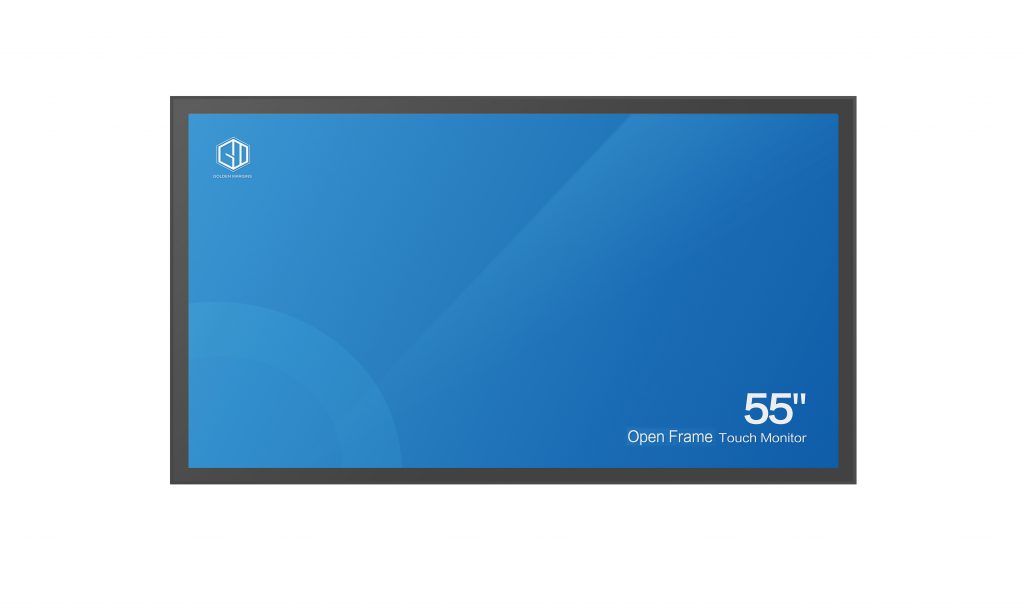
We hope you found these touchscreen or panel PCs fundamentals informative. Goldenmargins offers a broad selection of Industrial Touchscreen Monitors and Touch Panel PCs in various sizes and configurations, including medical touch screens, sunlight-readable touch screens, open-frame touch screens, and waterproof touch panels, as well as other unique touch screen or panel PC designs. You can learn more about our services HERE or by calling us at +86 755 23191996.


